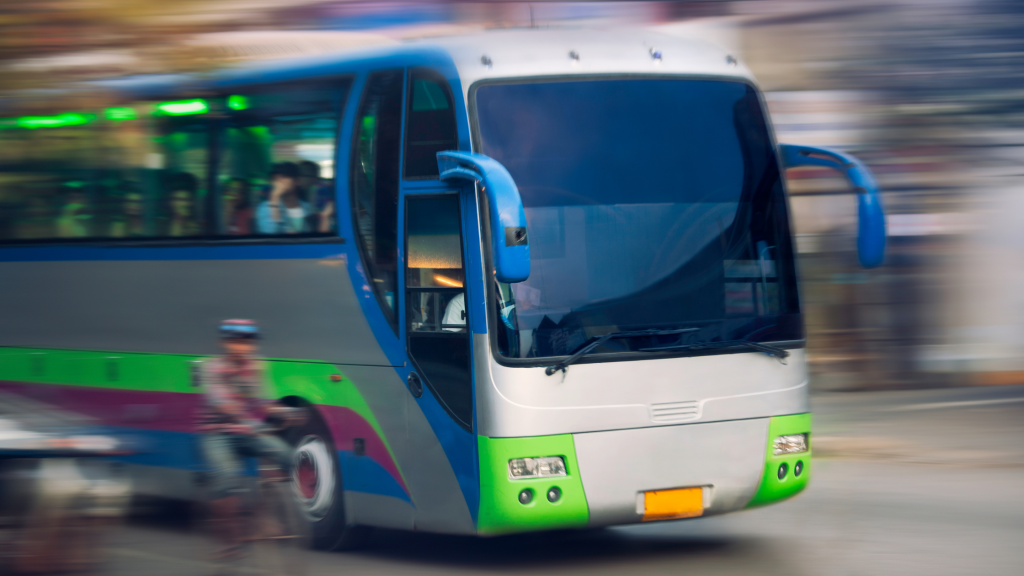Exploring Vietnam by Bus: A Guide for Malaysian Travelers

Vietnam, with its rich culture, stunning landscapes, and vibrant cities, is a dream destination for many travelers. For Malaysians planning to visit, exploring Vietnam by bus is not only a budget-friendly option but also an immersive way to experience the country. Vietnam’s extensive bus network covers nearly all provinces, connecting major cities, tourist attractions, and even remote areas. Here’s a comprehensive guide to the types of buses in Vietnam and important facts you should know before booking your tickets.

Types of Buses in Vietnam
- Sleeper Buses
A popular choice for long-distance travel, sleeper buses are equipped with reclining beds, allowing passengers to sleep comfortably during overnight trips. These buses are perfect for routes such as Hanoi to Ho Chi Minh City or Ho Chi Minh to Da Nang. The beds are arranged in two or three rows, with each bed offering basic amenities like blankets and reading lights. Sleeper buses usually have air conditioning, charging points, and sometimes Wi-Fi. - Limousine Buses
Limousine buses offer a more premium and luxurious travel experience. These vehicles are usually converted from 9 to 16-seater vans into spacious, plush buses with leather seats, ample legroom, and extra amenities like USB charging ports, Wi-Fi, snacks, and water bottles. Popular routes include Hanoi to Sapa and Da Nang to Hoi An. These buses are ideal for travelers who prefer comfort and convenience without breaking the bank. - Seated Buses
Seated buses are the most common type of bus available for short to medium-distance journeys. These buses typically run between cities and smaller towns. While they lack the amenities found in luxury or sleeper buses, they are a cost-effective way to travel. Some seated buses also offer air conditioning, and in larger cities, they can be found running frequently, making them ideal for flexible travel schedules. - Mini Buses
Mini buses are smaller vehicles, usually accommodating around 16 to 30 passengers. They are a convenient option for shorter trips within cities or between nearby towns. While not as comfortable as sleeper or limousine buses, mini buses offer quick and frequent services at a lower price. - Public Buses
For those traveling within the major cities like Hanoi and Ho Chi Minh City, public buses are the cheapest way to get around. While they can be crowded during peak hours, they offer an authentic glimpse into local life. Fares are affordable, and buses frequently stop at popular landmarks and markets.
Important Facts About Vietnam Buses
- Bus Routes & Coverage
Vietnam’s bus network covers most of the country, from urban centers to rural villages. Major operators like Phuong Trang (FUTA), The Sinh Tourist, and Hoang Long offer services connecting cities like Hanoi, Ho Chi Minh, Da Nang, and Sapa. - Affordable Pricing
Bus travel in Vietnam is incredibly affordable. Depending on the route and type of bus, prices can range from 100,000 VND to 900,000 VND. Limousine buses and sleeper buses are priced higher due to the added comfort, but they still remain cheaper than flights or train travel. - Online Booking Platforms
Booking bus tickets online is easy, thanks to platforms like redBus that allow you to compare routes, schedules, and prices from various operators. This saves you the hassle of standing in long queues at the bus station. It is recommended to book your tickets in advance, especially during holidays or peak travel seasons. - Amenities & Services
Depending on the bus type and operator, amenities can vary. Premium buses offer Wi-Fi, water bottles, blankets, and USB charging ports, while budget buses may only provide basic air conditioning. Ensure you check the amenities while booking your tickets to avoid surprises. - Safety & Comfort
While buses in Vietnam are generally safe, the quality of service can vary by operator. It’s important to choose reputable companies like Phuong Trang or The Sinh Tourist for a reliable and comfortable experience. Bus drivers undergo training, and buses are regularly maintained to ensure safety.
By choosing to explore Vietnam by bus, Malaysian travelers can enjoy the convenience of reaching even the most remote parts of the country while experiencing local culture firsthand. Happy travels!




